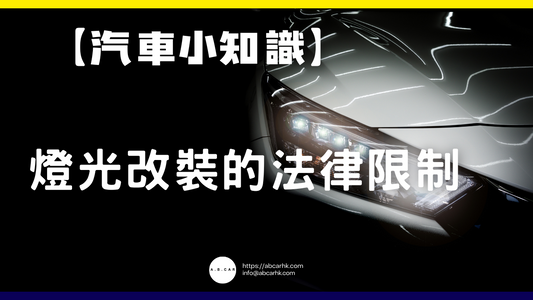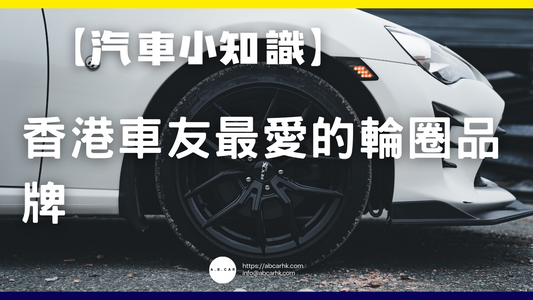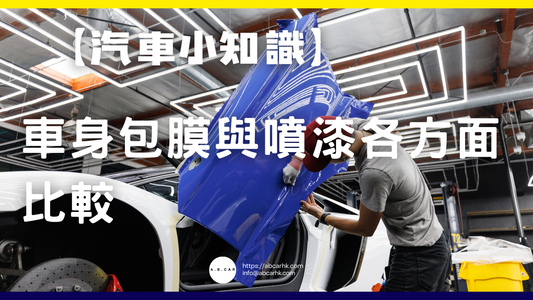Pancreatitis

🥼 What is pancreatitis?
Pancreatitis is an acute or chronic inflammation of the pancreas , which can be caused by a variety of factors. The pancreas is located behind the stomach and is responsible for producing digestive enzymes and insulin. Damage to the pancreas can affect digestion and blood sugar control.
In Hong Kong, pancreatitis can be classified into:
-
Acute Pancreatitis
- The condition can be mild or severe, and in severe cases it can be life-threatening.
-
Chronic Pancreatitis
- Long-term inflammation causes permanent damage to the pancreas and irreversible function.
🔍 Common causes of pancreatitis in Hong Kong
Based on information from the Hong Kong Hospital Authority, the Hong Kong Surgical Association and international medical journals, the editor has compiled the following:
-
Gallstones (one of the most common causes in Hong Kong)
- Gallstones block the junction of the bile duct and pancreatic duct, causing pancreatic juice to reflux and stimulating the pancreas to digest itself.
-
Long-term heavy drinking
- Alcohol directly stimulates the pancreas and can cause chronic inflammation in the long term.
-
Hyperlipidemia
- Excessive triglycerides (>11.3 mmol/L) can acutely induce pancreatitis.
-
Drug side effects
- Some lipid-lowering drugs, diuretics, immunosuppressants, etc.
-
After trauma or surgery
- After abdominal surgery and ERCP (endoscopic retrograde cholangiopancreatography).
-
Genetic or autoimmune diseases
- In a small number of people, the disease occurs because of a genetic defect or because the immune system attacks the pancreas.
⚠️ Symptoms of pancreatitis
Acute pancreatitis
- Continuous severe pain in the upper abdomen that may radiate to the back
- Nausea and vomiting
- fever
- Abdominal distension or tenderness
- In severe cases, low blood pressure and shortness of breath may occur
Chronic pancreatitis
- Recurrent abdominal pain
- Indigestion (especially after eating greasy foods)
- weight loss
- Fatty stools (greasy, floating stools with oil droplets on the surface)
- Diabetes (due to insufficient insulin secretion)
🏥 Treatment of pancreatitis in Hong Kong
Editor's reminder : Pancreatitis should not be taken lightly, especially acute pancreatitis, which requires admission to the intensive care unit (ICU) in severe cases.
1. Treatment of acute pancreatitis
The goals of treatment are to support life, reduce the burden on the pancreas, and address the cause .
(1) Supportive therapy during hospitalization
- Fasting (NPO) : Allows the pancreas to rest and prevent the secretion of digestive enzymes.
- Intravenous fluids : Plenty of water is given to maintain blood pressure and renal function.
- Painkillers : Use opioid analgesics (such as Morphine, Pethidine) for moderate to severe pain.
- Monitor vital signs and blood tests : including amylase, lipase, liver function, and kidney function.
(2) Treat the cause
- Caused by gallstones : Laparoscopic cholecystectomy or endoscopic endoscopic stone removal (ERCP) should be performed as soon as symptoms stabilize.
- Hyperlipidemia caused by : Use of lipid-lowering drugs, insulin, or plasmapheresis.
- Drug-induced : Immediately discontinue the suspected drug.
(3) Nutritional support
- After the condition stabilizes, the patient can be fed a low-fat diet with frequent small meals; severe patients can be fed through a nasoenteric tube.
2. Treatment of chronic pancreatitis
The goals of treatment are to relieve pain, improve digestion, and prevent complications .
(1) Lifestyle adjustment
- Completely quit drinking
- Low-fat diet (<50 grams of fat per day)
- Quit smoking (smoking can accelerate the progression of the disease)
(2) Drug treatment
- Pancreatic enzyme replacement therapy (PERT): Improves fat absorption and reduces fatty stools.
- Analgesics : Use acetaminophen or NSAIDs first, and then use opioids if they are insufficient.
- Diabetes treatment : Insulin injections are required if insulin secretion is insufficient.
(3) Surgery and interventional treatment
- Endoscopic removal of pancreatic duct stones or stent placement
- Surgical decompression
- Partial pancreatectomy (for localized disease)
🏥 Hong Kong Examination and Diagnosis Process
- Blood test : Elevated amylase and lipase are important indicators of acute pancreatitis.
-
Imaging examination :
- Abdominal ultrasound (to check for gallstones and dilated bile ducts)
- CT scan (to evaluate pancreatic swelling and necrosis)
- MRI/MRCP (to evaluate pancreatic and bile duct conditions)
- ERCP : It can both detect and treat bile duct stones.
Public healthcare : Emergency room → Medical or surgical ward
Private medical care : Fast examination speed, suitable for stable period assessment and follow-up
🚨 Possible complications of pancreatitis
- Acute renal failure
- Acute respiratory distress syndrome (ARDS)
- Pancreatic necrosis or abscess
- Hemorrhagic shock
- diabetes
- Pancreatic cancer (risk is increased in patients with long-term chronic pancreatitis)
💡 Editor's Tips
- Acute pancreatitis requires hospitalization ; do not endure the pain at home.
- Patients with gallstones should seek early treatment to avoid recurrence.
- Quitting drinking and smoking is the key to delaying the deterioration of patients with chronic pancreatitis.
- A low-fat diet can reduce the burden on the pancreas and avoid fried foods and high-fat desserts.
- If you have long-term abdominal pain or fatty stools, you should get checked out ; don't assume it's just gastroenteritis.
💬Editor’s summary :
Pancreatitis is not uncommon in Hong Kong, particularly in association with gallstones, alcohol consumption, and high blood lipids. Acute pancreatitis can rapidly worsen to life-threatening levels, while chronic pancreatitis gradually destroys pancreatic function, affecting digestion and blood sugar levels. Treatment must combine etiological treatment, supportive care, long-term lifestyle management , and regular medical monitoring to minimize complications and recurrence.
📌 Disclaimer <br>This article is for reference only and does not constitute any medical advice. It is sourced from major medical articles.



